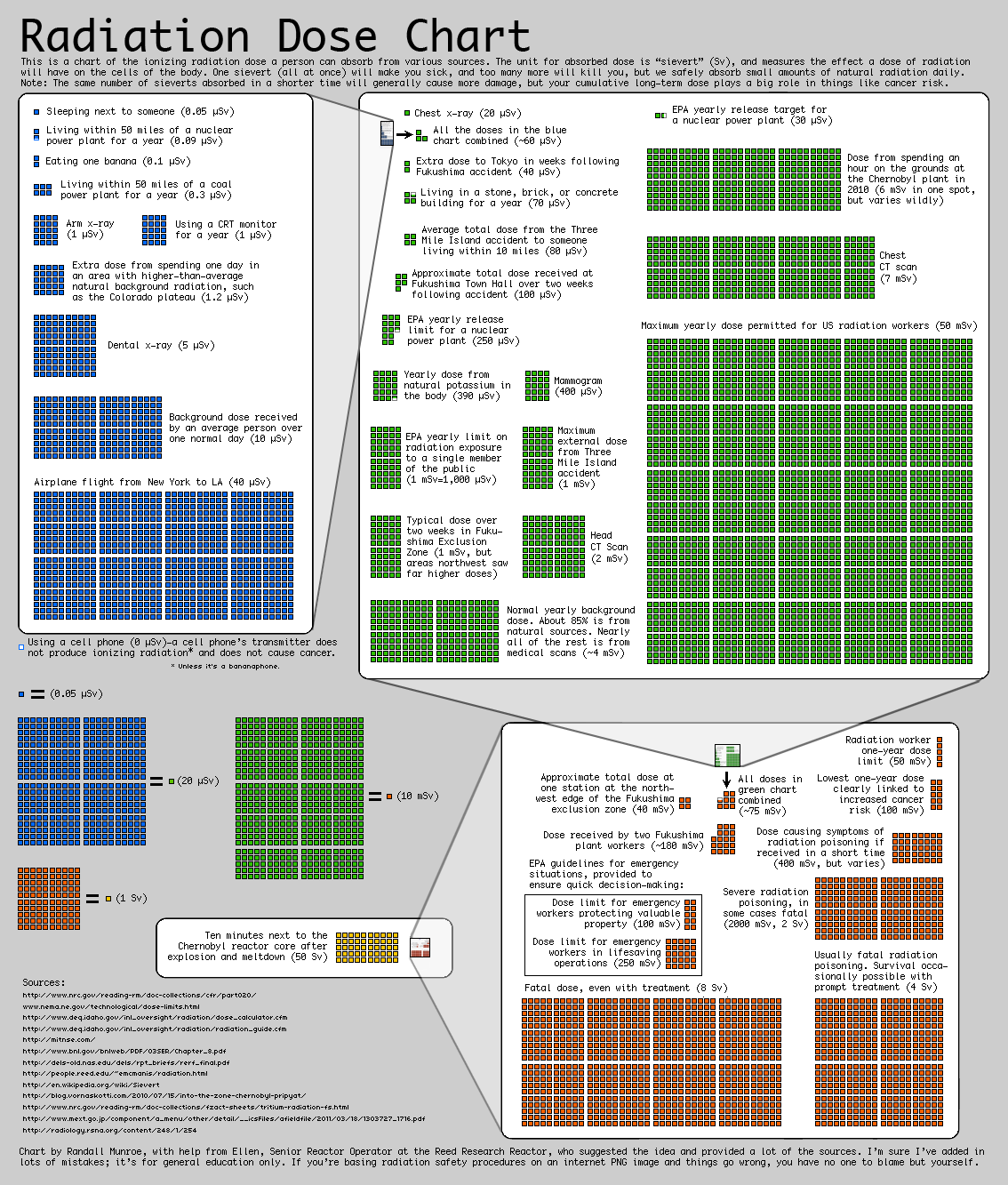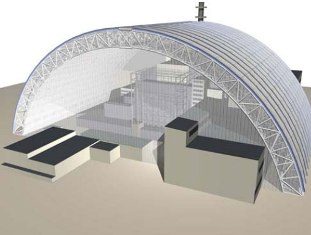That's what i find most admirable about this forum;
the "scissors" seem to stop when the signal to noise ratio is high!
Anyway; it seems that some odd information has been released recently,
concerning Eastman Kodak Co.'s previously owned civilian nuclear reactor (utilizing weapons-grade Uranium).
"Kodak used it to check chemicals and other materials for impurities, Filo said. It also was used for tests related to neutron radiography, an imaging technique."
http://www.democratandchronicle.com/art … ck_check=1
Future micro-power generation may rely on devices utilizing the same aerodynamic phenomenon that destroyed the Tacoma Narrows Bridge in 1940, known as aeroelastic flutter.
(Coincidentally, there are Eastman Kodak Kodachrome color images available of the original collapse)
http://www.humdingerwind.com/#/wi_overview/
http://en.wikipedia.org/wiki/Tacoma_Narrows_Bridge
I note that each of the 1meter length devices claim 100W - 1kW output per month. A bank of such wind-generators can be used to drive a separate bank of storage batteries through a specialized charger/inverter, offering AC output.
It would probably sound unusual next to an operating bank of these Humdingers!
Maybe like a vuvuzela from a couple of thousand paces? ![]()
"Humdinger Wind Energy has developed several variations of the technology: a "micro" Windbelt™, for powering applications such as wireless sensor nodes, a "medium" version of the technology called a Windcell, designed to power individual applications such as lighting and WiFi repeaters, and a one-meter square array of 1-meter long Windbelts called a Windcell Panel, developed for grid-tied electricity (more info on the "large" section of the site). All of these systems are modular: different numbers of the Windbelt systems can be combined together to satisfy the power needs of almost any application – in the same way solar cells can be combined to power a variety of apps."
...
"Each Windcell Panel has an initial estimated production cost of US$0.05 per kWh (uninstalled) at 6m/s average windspeeds."
...
" Humdinger will bring the Windbelt technology to market primarily through licensing arrangements with industry partners.
That said, Humdinger does produce limited numbers of the Micro and the individual one-meter Windcells, on a case-by-case basis. We also produce an Educational Kit. "
...
"Contrary to what our company's name might suggest, the newest generation of Windbelt systems is quiet -- noise output is undetectable above the ambient levels."
...
"The Windbelt technology grew out of the highly constrained energy landscape of places like Haiti with partial R&D in Guatemala, but is now poised to change the wind energy harvesting landscape in wealthy and poor countries alike."
http://www.humdingerwind.com/#/faqs/
As this tech is weatherproof & electrically-sealed, wind isn't necessarily the only 'fluid-flow' from which electricity could be generated.
I wonder what could be generated from the kinetic energy of rainfall.... ![]()
Note: I have no ties, financial or otherwise, to this company, past or present (nor Eastman-Kodak).
The following chart is an aid to put external radiation dosage levels in perspective. Note that the maximum yearly exposure for a US radiation worker is 50 milliSieverts per year (The big green box). This is reportedly the lowest dose for any statistical risk for cancer from an external source.
from http://imgs.xkcd.com/blag/radiation.png
see also [ url]http://realitycheck.no-ip.info/radiatio … -image.png[ /url]
Edit: previous link broken
Meanwhile, in Chernobyl, the construction of the New Safe Confinement (NSC) structure has begun.
http://www.world-nuclear-news.org/WR-Co … 04124.html
Animation of construction: http://www.wimp.com/encasechernobyl/ 
Here are some recent high-resolution pictures and video from a tour of the Fukushima Daiichi facility:
http://cryptome.org/2012-info/daiichi-1 … 2-0526.htm
These pictures don't seem to betray the monumental basement structure underneath the reactor buildings (location of most emergency generators and batteries).
"One of the casualties of the disaster was the relationship between the people and the government. Almost everyone I spoke to, even the most mild-mannered, said they no longer trusted the government, and they said it bluntly, or angrily, or with a deep sense of betrayal."
...
"Around the time of the anniversary it emerged that, early on, the prime minister had looked at the possibility of evacuating Tokyo. But you cannot evacuate a city of 35 million densely packed people. Where would they go? It would have been a crisis on the scale of the Second World War for Japan and a huge blow to the international economy. A couple of weeks after the anniversary it was revealed that the most damaged Fukushima reactor had nothing like the water-cooling levels it was thought to have and was now hotter than it had been at the time of the accident. This is the worst disaster the country has faced since the end of the war, and it occasioned the first public speech by a Japanese emperor since Hirohito announced defeat on 15 August 1945, less than a week after the second American nuclear bomb exploded over Nagasaki."
...
"Emperor Akihito, Hirohito’s son, made his first broadcast on 16 March last year. Now 78 and recovering from heart surgery, he made his second in Tokyo for the anniversary."
http://enenews.com/a-crisis-on-the-scal … -fukushima
http://www.lrb.co.uk/v34/n09/rebecca-solnit/diary
"The 78-year-old Emperor Akihito had insisted on attending the memorial service, though he had been released from the hospital for heart bypass surgery less than a week earlier. While the emperor is technically just a figurehead, he is still deeply revered here."
...
"It is rare for Emperor Akihito, an accomplished biologist and the world's leading authority on certain species of Gobi Fish, to publicly take sides on any subject other than biology. It is said that his love for the sciences is partly due to the ease in which his colleagues can disagree with him. The reverence he commands in other spheres is so strong that, when it comes to politics, his opinion is considered a constitutionally guarded state secret. His normal silence only adds to the weight of his rare public statements on such matters."
...
"Live daytime broadcasts of the event contained the whole speech and newspapers printed it in its entirety. But, by that evening, all of the major news programs aired edited versions of the speech without his nuclear comments, which also went unmentioned and undiscussed on the heavily watches news shows. The vast majority of Japanese, who don't watch TV news during the day, missed the comments entirely.Blogs and chat-rooms quickly filled with angry accusations that TV networks were censoring an important communication by the Emperor to his people at a time when his guidance is most sought.
"Seriously?! They're even going to whack the Emperor's Words? "
"It's so disrespectful for the media to cut the most important part of His Majesty's speech, especially as he delivered it under such physical strain."
"Asahi News cut the Emperor's words just like NHK did! This must be the Government's work... This is the height of censorship!"
By March 20, nine days after the emperor's speech, outraged Japanese held a demonstration in front of NHK, the State sponsored TV network, protesting the apparent censorship."
http://www.theatlantic.com/internationa … ch/255025/
You can hear his words, subtitled and with pictures and video of some of the damage in the above link.
(Note the bus atop a two-story building at 1:52)
His Majesty, Emperor Akihito said:
"As this earthquake and tsunami caused the nuclear power plant accident, those living in the designated danger zone lost their homes and livelihoods and had to leave the places where they used to live. In order for them to live there again safely, we have to overcome the problem of radioactive contamination, which is a formidable task."
...
"It is important for us to never forget this disaster and hand down the lessons we learned to future generations and foster the proper attitude towards disaster prevention..."
